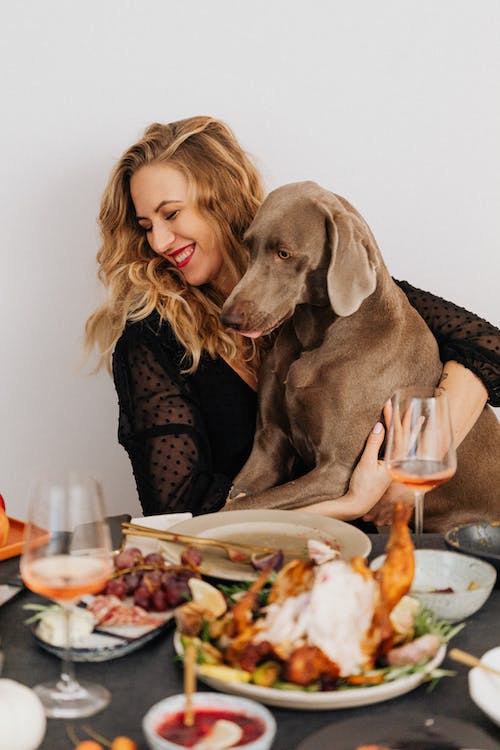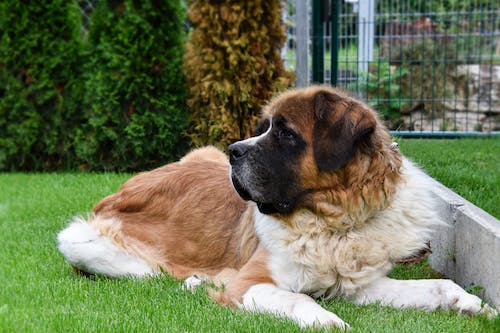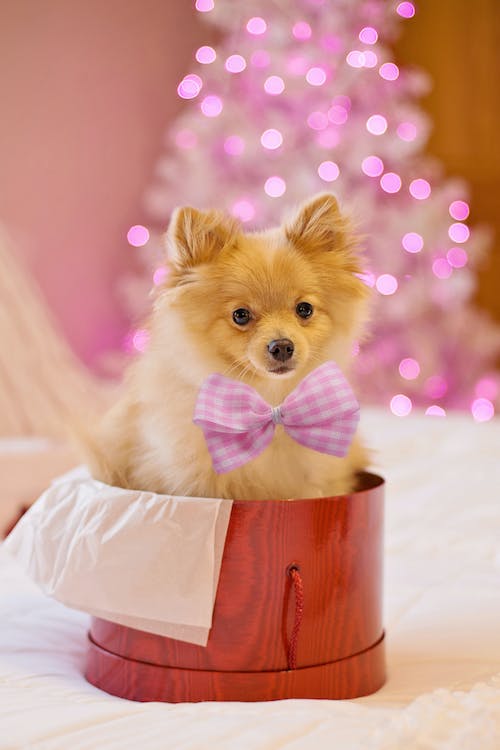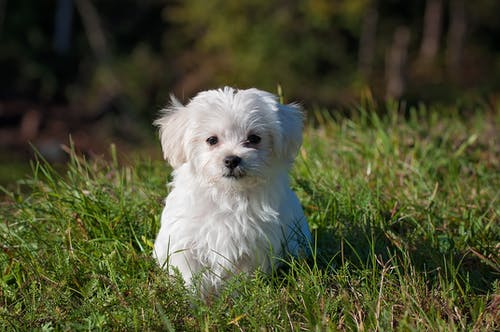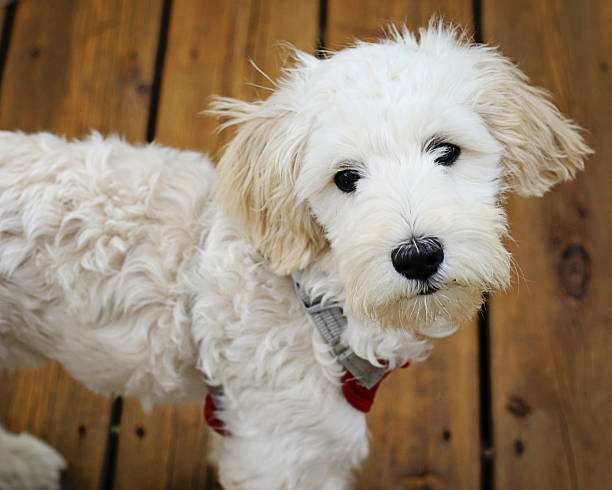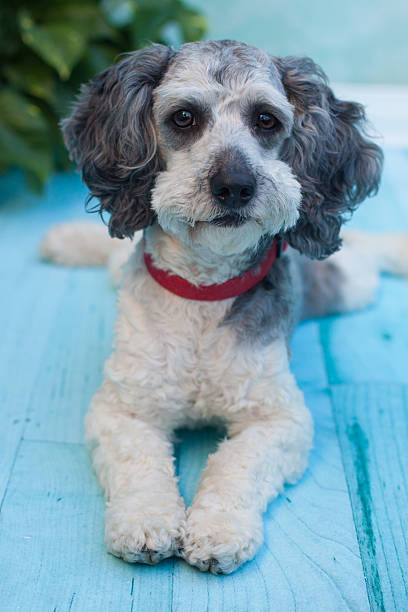Welcoming a new puppy into your home in Lombard, IL, is an exciting experience, but teaching them proper manners is essential to ensure a harmonious household. One common issue new puppy owners face is their furry friend’s tendency to jump on guests. This behavior can be annoying and dangerous, especially for young or elderly visitors. This informative and engaging blog post will explore practical methods to stop your puppy from jumping on guests and promote polite behavior.
Understanding Why Puppies Jump
Before we delve into the solutions, it’s essential to understand why puppies jump on people. Puppies typically jump to greet or seek attention, as they naturally want to be close to a person’s face. However, without proper training, this behavior can continue into adulthood and become problematic.
Training Your Puppy Not to Jump on Guests
Start Early
Begin training your puppy as early as possible to prevent jumping from becoming a habit. Teaching good behavior from the start is much easier than correcting it later.
Teach Basic Commands
Teaching your puppy basic commands like “sit” and “stay” will help them learn self-control and make it easier for you to manage their behavior when guests visit.
Redirect Their Energy
When your puppy attempts to jump on someone, redirect their energy by asking them to perform a different action, like sitting or lying down. Reward your puppy with praise or treats for following your command.
Ignore Unwanted Behavior
If your puppy jumps on you or a guest, try ignoring the behavior by turning your back or stepping away. This method shows your puppy that jumping does not result in the attention they seek.
Use Leash Training
Leash training can be an effective way to control your puppy’s behavior when guests visit. Keep your puppy on a leash and gently guide them away from the person if they attempt to jump.
Socialize Your Puppy
Expose your puppy to various social situations, including meeting new people and encountering different environments. Socialization helps your puppy become more comfortable in new situations, reducing their urge to jump on guests.
Enroll in Puppy Training Classes
Lombard, IL, offers various puppy training classes, which can provide professional guidance in teaching your puppy not to jump on guests. These classes can also help with socialization and overall obedience training.
Rewarding Good Behavior
Positive reinforcement is a powerful tool in teaching your puppy not to jump on guests. Praise them and offer a treat whenever your puppy greets someone without jumping. This method reinforces that polite behavior results in rewards.
Consistency is Key
Consistency in training is crucial for success. Ensure all family members and guests follow the same rules and methods when interacting with your puppy. Inconsistency in training can confuse your puppy and hinder progress.
Be Patient
Remember that training takes time, and progress may be slow. Be patient with your puppy as they learn proper behavior, and celebrate small victories.
Tips for Guests
Communicate Expectations
Before your guests arrive, let them know that you are working on training your puppy not to jump. Inform them of your training methods and encourage them to reinforce appropriate behavior.
Encourage Calm Greetings
Ask your guests to greet your puppy calmly and avoid any actions that may excite them, like high-pitched voices or sudden movements. A calm greeting helps to reduce your puppy’s urge to jump.
Provide Alternatives for Interaction
Provide your guests with alternative ways to interact with your puppy, such as offering a toy or treat. This helps to keep your puppy’s attention focused on something other than jumping on the guest.
Have a Designated Space for Your Puppy
Create a designated area or room for your puppy to retreat if they become too excited or overwhelmed. This space should be comfortable and equipped with toys, water, and a bed. It allows your puppy to have a safe and controlled environment to decompress if needed.
Final Thoughts
Training your puppy not to jump on guests is essential to raising a well-behaved furry companion. By understanding the reasons behind jumping and following the tips outlined in this guide, you can create a welcoming environment for your guests and a harmonious home for your family and your pet. Remember to be patient, consistent, and positive in your approach, and soon, you will have a polite and well-mannered puppy that Lombard, IL, dog owners can be proud of.
Frequently Asked Questions
How long does it take to train a puppy not to jump on guests?
The time it takes to train a puppy not to jump on guests depends on various factors, such as the puppy’s age, temperament, and consistency in training. Be patient and persistent, as progress may be slow.
How can I prevent my puppy from jumping on children?
To prevent your puppy from jumping on children, supervise their interactions closely and use the training methods outlined in this blog. Teach children how to interact with their puppy calmly and respectfully, and provide alternatives for play, such as toys.
What should I do if my puppy continues to jump on guests despite consistent training?
If your puppy continues to jump on guests despite consistent training, consider consulting a professional dog trainer or enrolling in a puppy training class. A professional can provide tailored guidance and support to address your puppy’s needs.
Is it too late to train a dog not to jump on guests?
While it’s easier to train a puppy not to jump on guests, it’s not impossible to teach an older dog new behaviors. Consistency, patience, and positive reinforcement are essential in training an adult dog not to jump on guests.
How can I make my home more comfortable for guests when my puppy is still learning not to jump?
To make your home more comfortable for guests while your puppy is still learning, create a designated space to retreat if they become overly excited. Communicate your expectations to your guests and request their cooperation in reinforcing your puppy’s training.
How can I help my puppy stay calm when guests arrive?
To help your puppy stay calm when guests arrive, practice desensitizing them to the sound of the doorbell or knocking. Then, gradually expose your puppy to these sounds, rewarding them for remaining calm.
Can I use a clicker to train my puppy not to jump on guests?
Yes, you can use a clicker to train your puppy not to jump on guests. Clicker training is a form of positive reinforcement that involves using a clicker to mark the exact moment your puppy displays the desired behavior. For example, when your puppy greets a guest without jumping, click the clicker and immediately reward them with a treat or praise. Over time, your puppy will associate the click with the desired behavior and will be more likely to repeat it.
How can I prevent my puppy from jumping on guests when I’m not home?
To prevent your puppy from jumping on guests when you’re not home, consider crate training your puppy. Crate training provides a safe and secure space for your puppy when you’re not around to supervise their interactions with guests. Ensure the crate is comfortable and large enough for your puppy to stand, turn around, and lie down. Additionally, you can communicate with your guests beforehand and provide them with instructions on how to interact with your puppy in your absence.
What are some signs that my puppy is becoming overly excited around guests?
Some signs that your puppy may become overly excited around guests include excessive barking, whining, jumping, nipping, or even submissive urination. If you notice these behaviors, it’s essential to redirect your puppy’s energy and help them calm down before they become too worked up.
